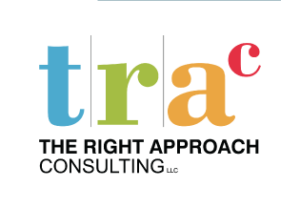It occurred to me after reading an article in the local paper recently that solid management fundamentals are timeless and cross all industries. It is critical that an organization have a foundation based on a practical management game plan to be in the chase for excellence.
Old School = New School
The article I am referring to was titled “Would Vince Lombardi be successful in today’s NFL?” by the sports writer Gary D’ Amato of the Milwaukee Journal Sentinel newspaper. Now, I have no fondness for this particular politically skewed publication, however, the sports reporting has always been very good. Around here in my home state of Wisconsin, the mere mention of Saint Vinny generally elicits a reverent hush, recollections of legendary Packer moments, and the occasional genuflection from the old-timers. For those of you with your football heads in the sand, Vincent Thomas Lombardi built one of the greatest dynasties in sports history in the 1960s about 90 miles north of my home. Vince would have been 104 years old this year.
The article noted the facts that NFL players today are bigger, stronger and faster, and that the offensive and defensive schemes were a magnitude more complicated than in Vince’s day. Also discussed was just how modern players, especially “me generation” football divas like Terrell Owens, Randy Moss, Jay Cutler, and Chad Ochocinco Johnson, would react to Lombardi’s demanding, no excuses, winning is everything coaching style. The answer is that Vince Lombardi would most certainly be not only successful today, but I would bet a boatload of beer that he could lead a modern-day team to a world championship. How is this possible? Because Lombardi’s success was built on the foundation of fundamentals; hard work, discipline, flawless execution and the pursuit of excellence: building blocks that never go out of style.
Looking at the lessons of Lombardi’s success, it is clear that his philosophy is not football, or even sports, centric, but applies to any business, organization, service and industry that is willing to embrace it. I challenge you to step out of your “Lombardi is football” mentality and take a fresh look at what can be learned and applied to your business from the legend.
Stay tuned for Part 2 next week!
Previously published in The PCB Magazine – I-Connect007.com











You must be logged in to post a comment.